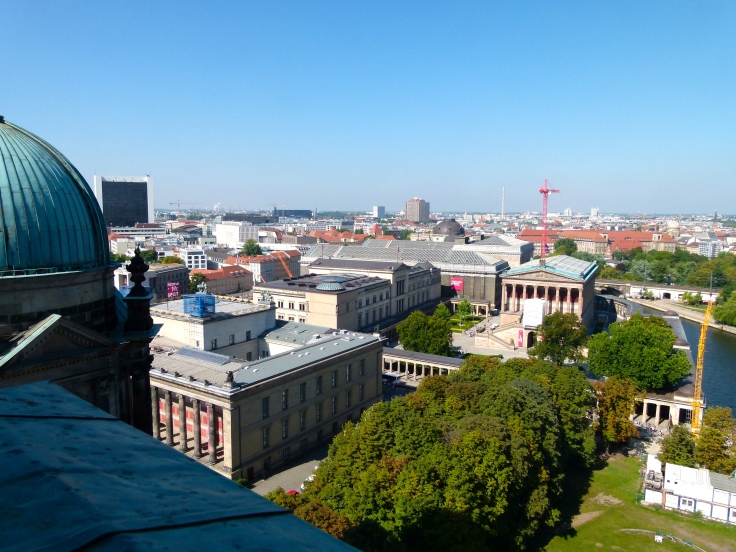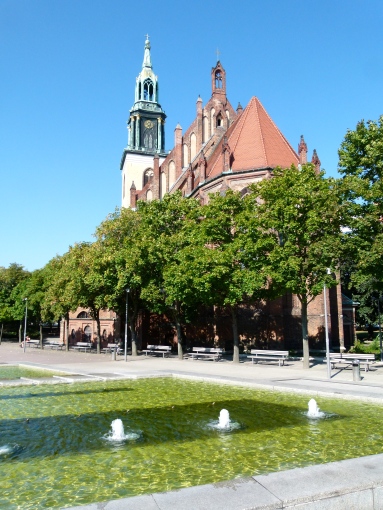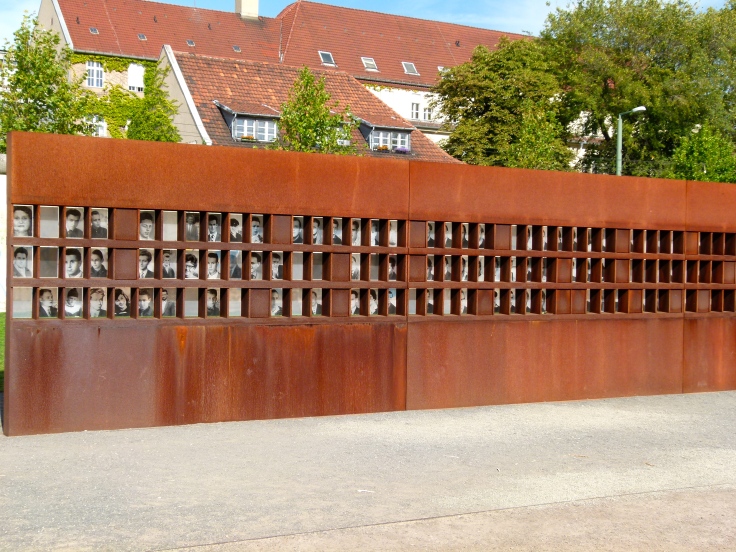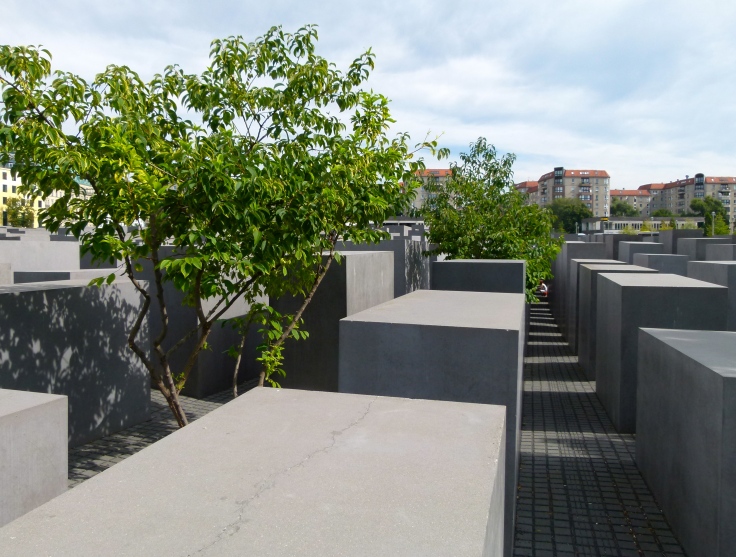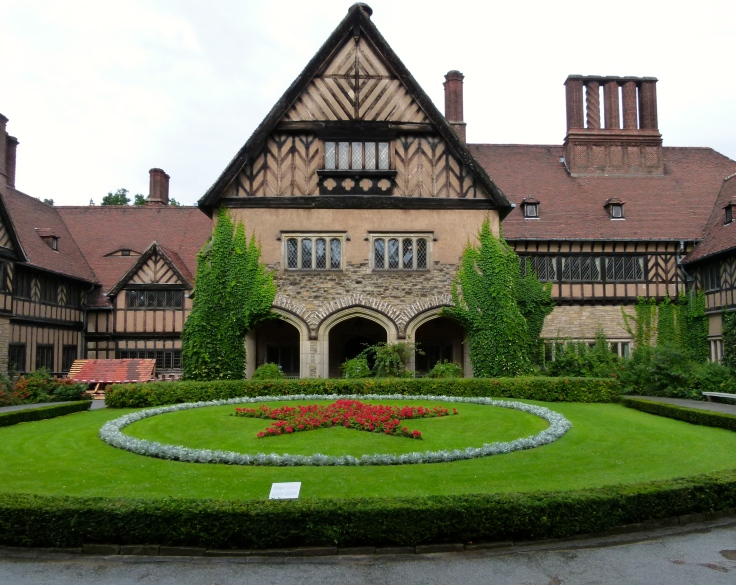
Potsdam, is around 40 minutes from Berlin by train, and is an important part of European cultural history. Not only is Potsdam the site of some famous country estates that belonged at one time or other to various Kaiser’s and Kings; including the World Heritage listed Sanssouci Palace and Park. Potsdam is also famous for the Potsdam Conference – held at Schloss Cecilienhof in 1945; which sealed the fate of Germany after WW2.
It was a pleasant and relaxing 40 minute train ride from Alexanderplatz to Potsdam, and we alighted at Park Sanssouci and took a short walk to the Neues Palace, sadly it was closed for the day, which was perhaps just as well as it is looking very much in need of both a good clean and some extensive repair work. We then embarked on a longer and more energetic walk through the magnificent parkland, it covers almost 300 hectares, heading for Schloss Sanssouci.
Sanssouci was commissioned by Frederick the Great of Prussia in 1745, because he wanted to live sans souci (outside the city), which in Frederick’s case, meant outside the hated city. The palace and grounds are both magnificent and extensive. and there is a guided tour available. Departing Sanssouci we headed for our second (and lunchtime) destination Schloss Cecilienhof. The schloss is now a luxury hotel and we first sought out the well respected and much talked about restaurant, after all it was herself who had said; “the best part of sightseeing is a long lunch”!
Having found said restaurant we settled in and enjoyed a leisurely and delicious lunch. We started sipping a delightfully tasty and tangy German Rose, which came from Syrah Grapes and was almost a soft blush, it was so good we stayed with it through lunch.
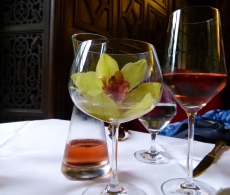
We went straight on to main courses, calves liver (her) and stuffed guinea fowl (me) and followed up with cheese. The calves liver, enjoyed by the famous eater of offal, was a superb meal, served with mash and caramelized onions, it was topped off by three lightly fried onion rings and was pronounced by both the eater and the taster as perfection.
The guinea fowl, which is a dish I had never previously eaten, was served as leg (you would call it Maryland if it was chicken) and breast, stuffed with forcemeat, on a base of potato gnocchi, with tomato, spring onion and a very delicate foam sauce. In a word; delicious! If you want more words, then I quote: “one of the best bird meals I have ever eaten, anywhere.” We finished with a shared cheese platter, which was five different cheese, two different breads and condiments; it looked great and tasted the same; and coffee – good coffee, real coffee, proper coffee – you get the drift.
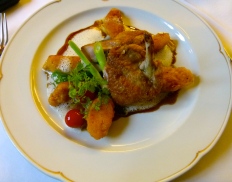
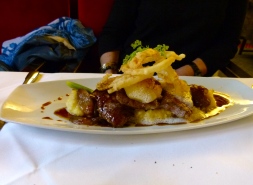
After lunch we explored the grounds, had a quick look at the conference venue (from the outside) and then headed for the station and the trip home. It was a great day out, and one I am happy to recommend – and not only because a good lunch awaits – but the sights are great, the gardens brilliant, you are walking through history and the train journey itself a bit of fun.
Peter Watson



